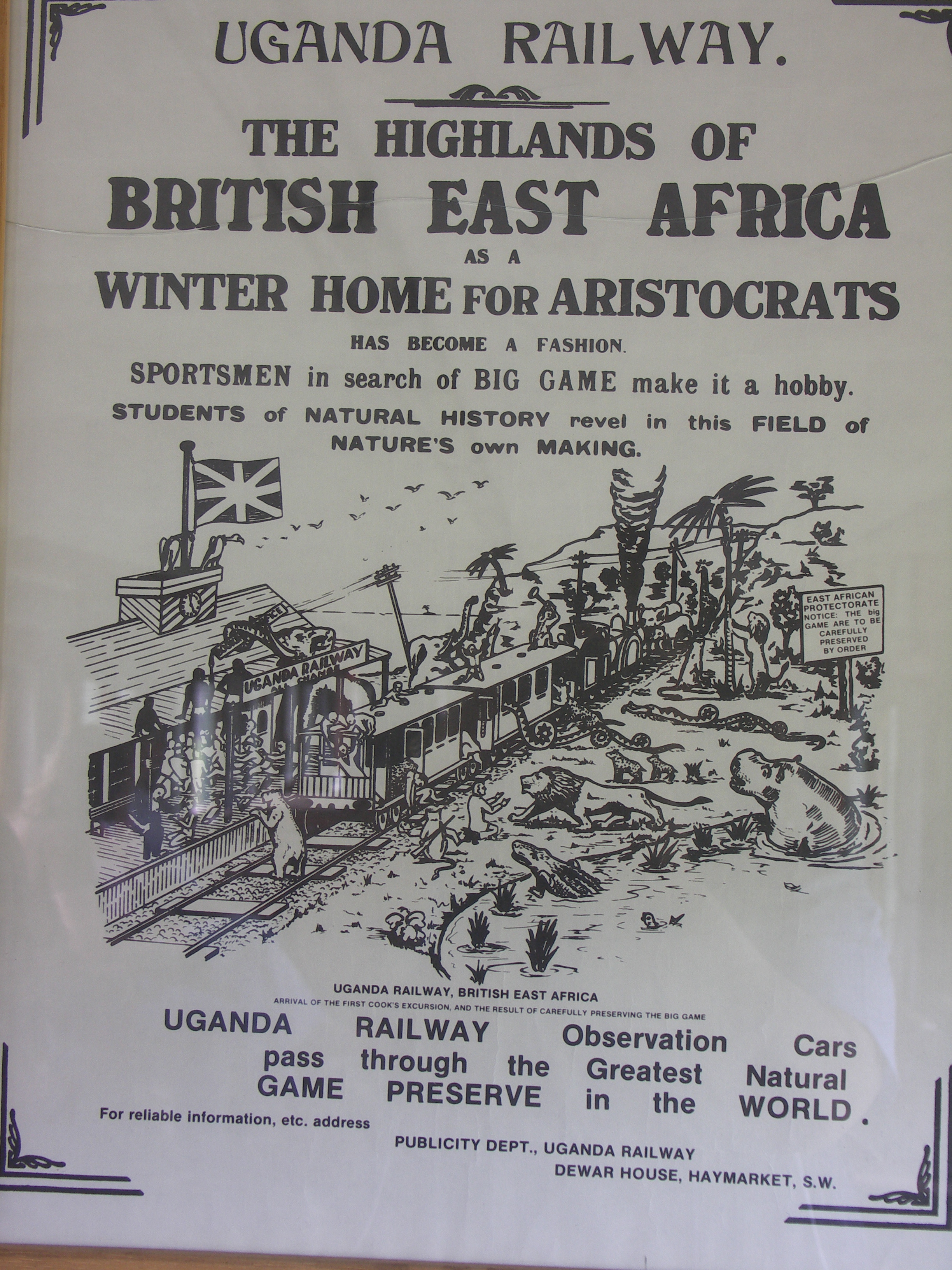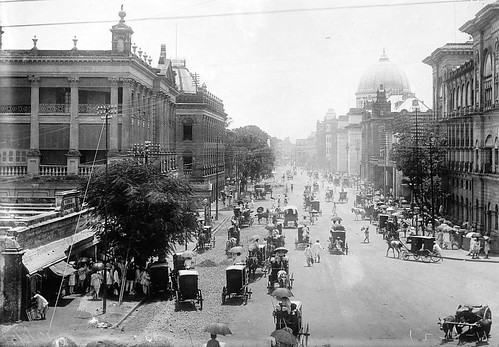In "Mountain of the Moon", the workers building the railway are bedevilled by a pair of man-eating lions. There is an uncanny resemblance of this part of the story with the true story of the man-eaters of Tsavo. The two lions who caused so much depredation have been immortalised by Lt-Col. J H Patterson in his classic book published in 1917 - check this out.
Wikipedia has this to say about Patterson and the Tsavo lions: "In 1898, then Lt.-Col. Patterson was commissioned by the British East Africa Company to oversee the construction of a railway bridge over the Tsavo river in present-day Kenya. He arrived at the site in March of that year...Almost immediately after his arrival, lion attacks began to take place on the worker population, with the lions dragging men out of their tents at night and feeding on their victims. Despite the building of thorn barriers (bomas) around the camps, bonfires at night and strict after-dark curfews, the attacks escalated dramatically, to the point where the bridge construction eventually ceased due to a fearful, mass departure of the work force. Along with the obvious financial consequences of the work stoppage, Patterson also faced the challenge of maintaining his authority and even his personal safety at this remote site against the increasingly hostile and superstitious workers, many of whom were convinced that the lions were in fact evil spirits, come to punish those who worked at Tsavo, and that he was the cause of the misfortune because the attacks had coincided with his arrival....
"With his reputation, livelihood and safety at stake, Patterson, an experienced tiger hunter from his military service in India, undertook an extensive effort to deal with the crisis and after months of attempts and near misses, he finally killed the first lion on the night of 9 December 1898, and killed the second one on the morning of December 29 (narrowly escaping death in the process). The lions were maneless like many others in the Tsavo area and both were exceptionally large. Each lion was over nine feet long from nose to tip of tail and required eight men to carry it back to the camp."
The lions are now on permanent display at Field Museum in Chicago, Illinois, USA.
A movie, "The Ghost and the Darkness", has been made based on this story.
Wikipedia has this to say about Patterson and the Tsavo lions: "In 1898, then Lt.-Col. Patterson was commissioned by the British East Africa Company to oversee the construction of a railway bridge over the Tsavo river in present-day Kenya. He arrived at the site in March of that year...Almost immediately after his arrival, lion attacks began to take place on the worker population, with the lions dragging men out of their tents at night and feeding on their victims. Despite the building of thorn barriers (bomas) around the camps, bonfires at night and strict after-dark curfews, the attacks escalated dramatically, to the point where the bridge construction eventually ceased due to a fearful, mass departure of the work force. Along with the obvious financial consequences of the work stoppage, Patterson also faced the challenge of maintaining his authority and even his personal safety at this remote site against the increasingly hostile and superstitious workers, many of whom were convinced that the lions were in fact evil spirits, come to punish those who worked at Tsavo, and that he was the cause of the misfortune because the attacks had coincided with his arrival....
"With his reputation, livelihood and safety at stake, Patterson, an experienced tiger hunter from his military service in India, undertook an extensive effort to deal with the crisis and after months of attempts and near misses, he finally killed the first lion on the night of 9 December 1898, and killed the second one on the morning of December 29 (narrowly escaping death in the process). The lions were maneless like many others in the Tsavo area and both were exceptionally large. Each lion was over nine feet long from nose to tip of tail and required eight men to carry it back to the camp."
The lions are now on permanent display at Field Museum in Chicago, Illinois, USA.
A movie, "The Ghost and the Darkness", has been made based on this story.












